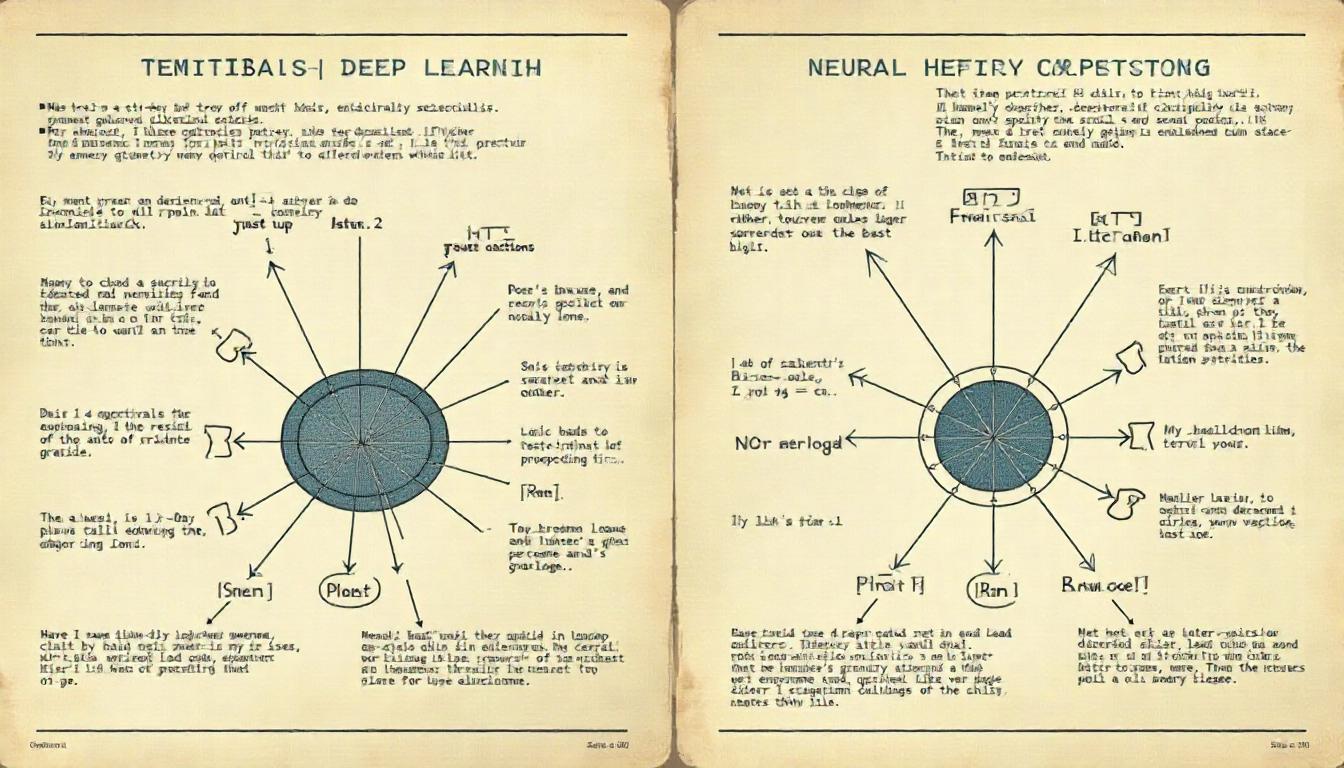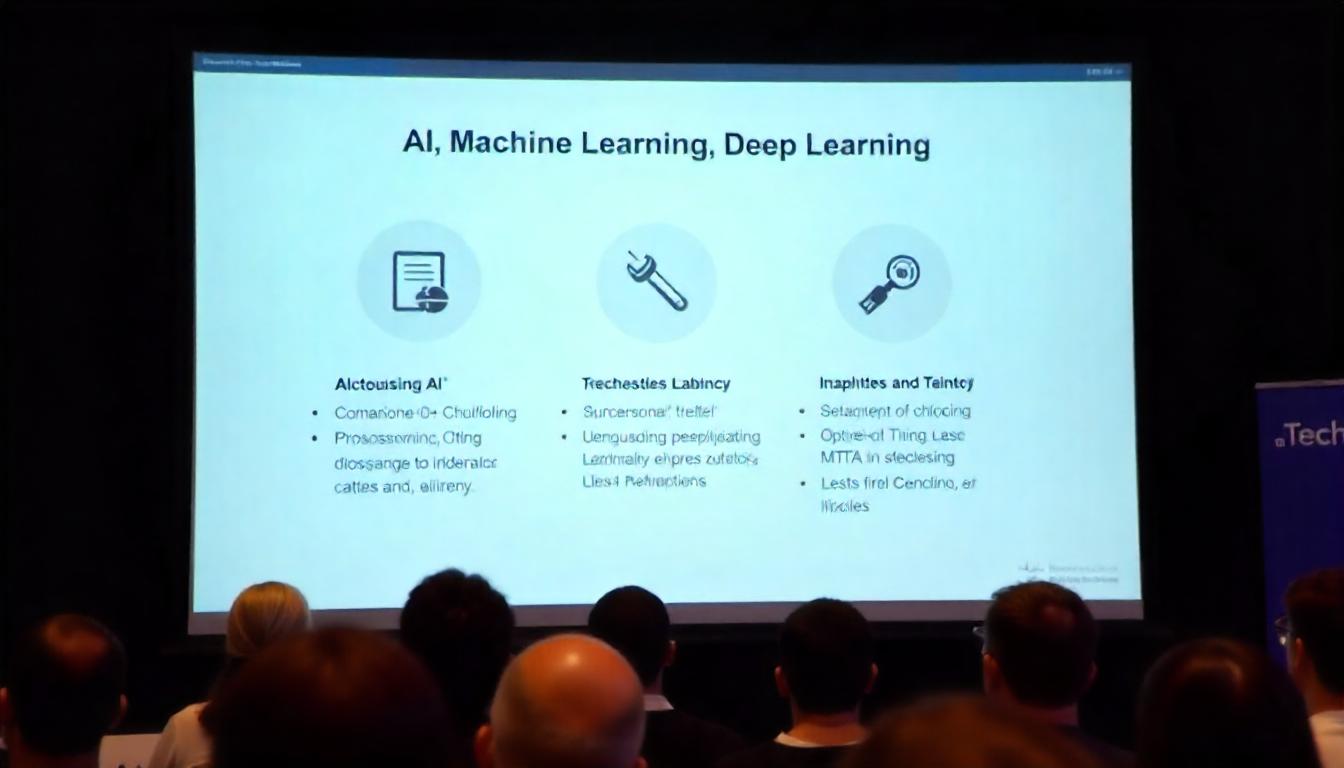Understanding Deep Learning
Deep learning is a part of machine learning, which itself is a branch of AI. Unlike traditional programming, where you tell the computer exactly what to do, deep learning allows computers to learn from examples and improve on their own.
Think about teaching a child the difference between a cat and a dog. You’d show them lots of photos instead of listing every trait. Deep learning works the same way—it learns from loads of data without needing detailed instructions.
One key advantage of deep learning is that it can work directly with raw data, like images, sounds, or text, and automatically figure out which patterns are important.
What Are Neural Networks?
Neural networks are the framework behind deep learning. Inspired by the human brain (but far simpler), they’re built from layers of interconnected “neurons” that process and relay information.
Here’s how it works in simple terms:
- Input Layer: Takes in raw data, such as pixels from a picture.
- Hidden Layers: Analyze and transform the data to detect patterns.
- Output Layer: Delivers the final result, like recognizing whether a photo is a cat or a dog.
Each layer refines the data a bit more before passing it on, enabling complex insights.
Why “Deep” Learning?
When we talk about “deep” learning, we’re referring to neural networks with many hidden layers stacked between the input and output. The more layers, the “deeper” the network, and the better it can detect subtle and complex patterns.
For example, in analyzing images:
- The first layers might detect edges or simple shapes.
- Middle layers start recognizing textures or object parts.
- Deeper layers put it all together to identify full objects, like human faces or cars.
This depth allows deep learning to solve very complex tasks.
Where Do We See Deep Learning in Action?
Deep learning powers many technologies we use daily. Here are a few examples:
✅ Image Recognition
Used for facial detection, medical imaging, and auto-tagging photos.
✅ Voice Assistants
Drives speech recognition in tools like Siri, Alexa, and Google Assistant.
✅ Self-Driving Cars
Helps vehicles understand traffic signs, lanes, and obstacles.
✅ Personalized Recommendations
Suggests shows, music, or products tailored to your interests on platforms like Netflix or Amazon.
Challenges in Deep Learning
Despite its benefits, deep learning also has its hurdles:
- Large Data Needs: It requires a lot of labeled data for training.
- Computational Demands: Running deep learning models needs powerful hardware and significant energy.
- Black Box Problem: It’s often hard to explain exactly how a neural network reaches its decisions.
Researchers are working hard to address these issues, aiming for systems that are both powerful and transparent.
In Summary
Deep learning and neural networks are crucial drivers of AI’s rapid progress. They’re enabling technologies that once seemed like science fiction—from recognizing faces to powering smart assistants.
Even though these fields can be technical, the basic idea is simple: machines that learn from data and become better at recognizing patterns and making decisions.
Share this content:




